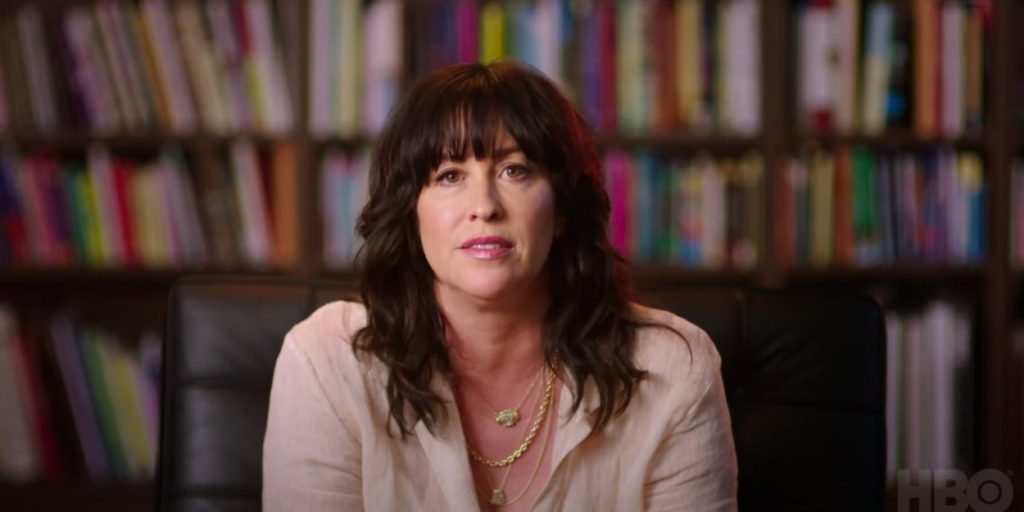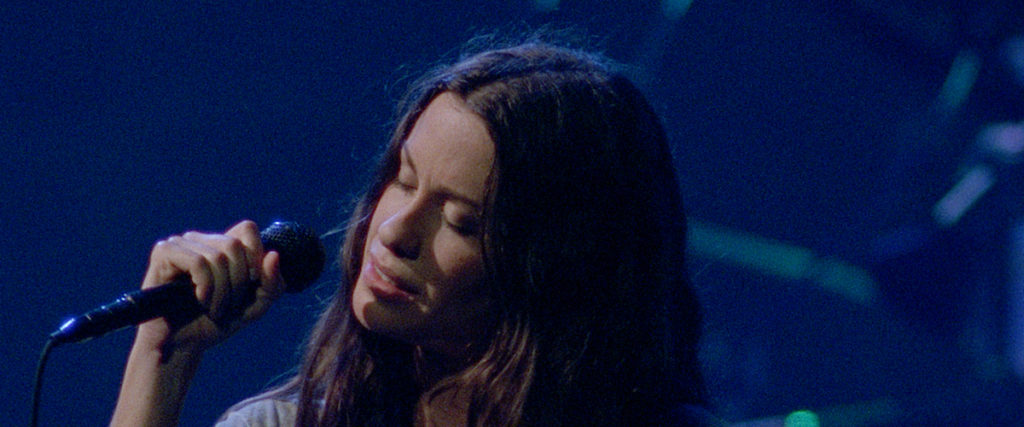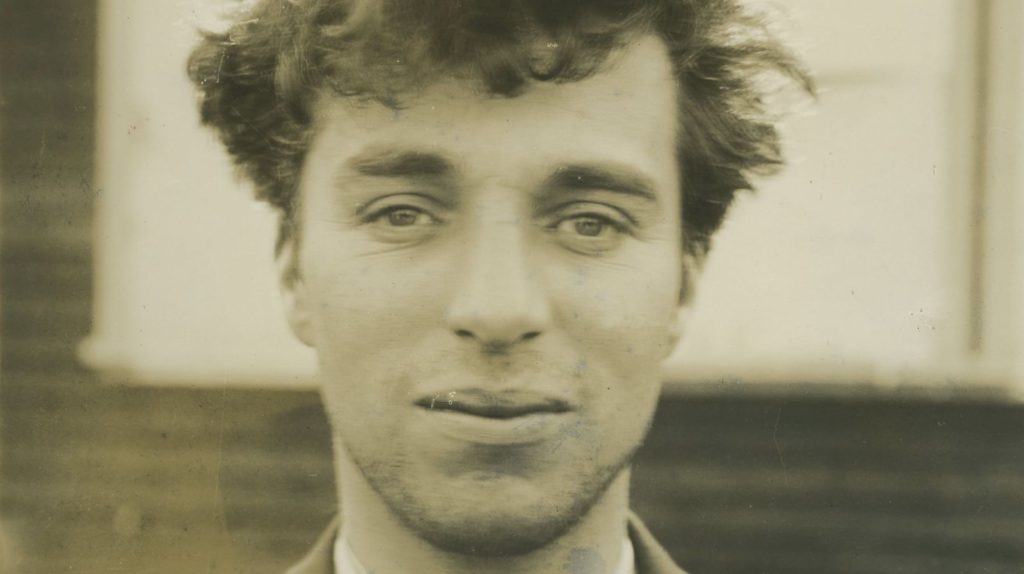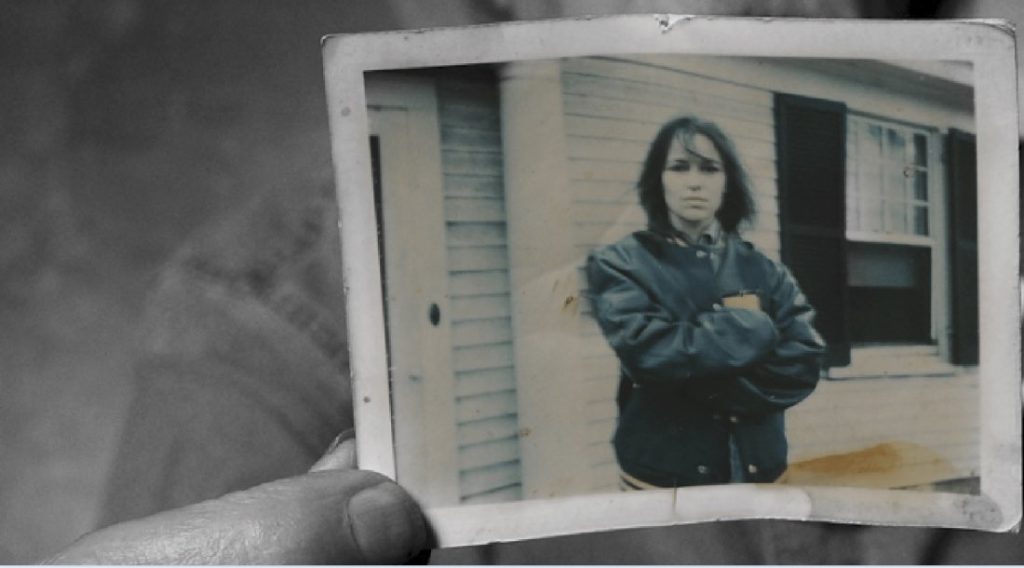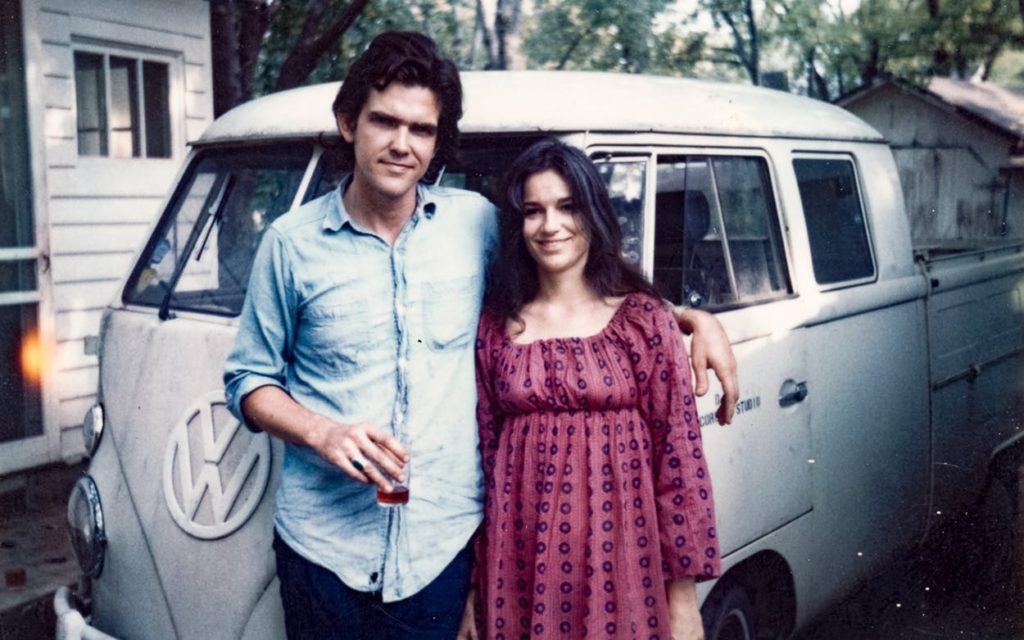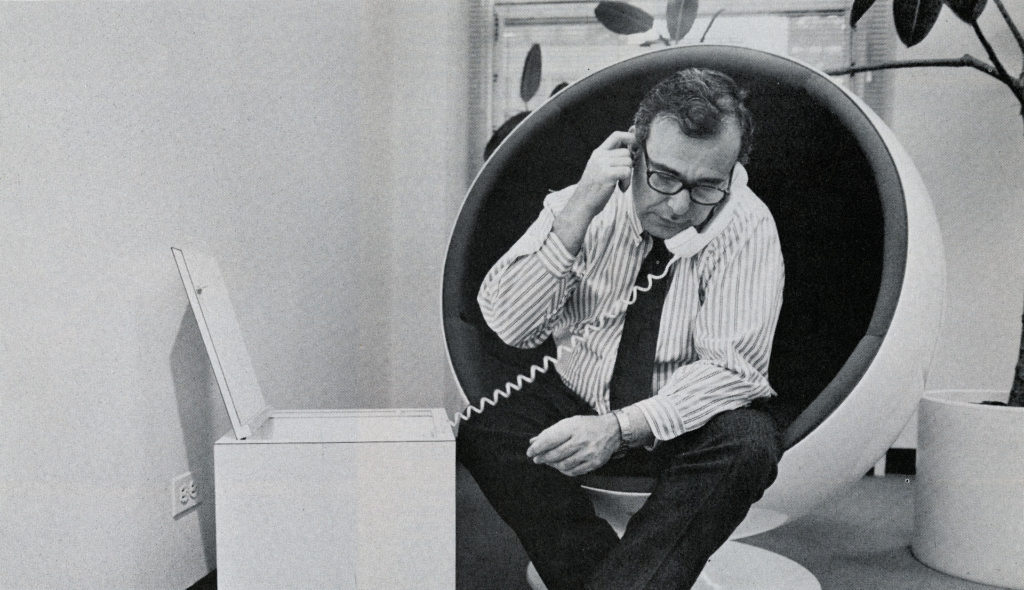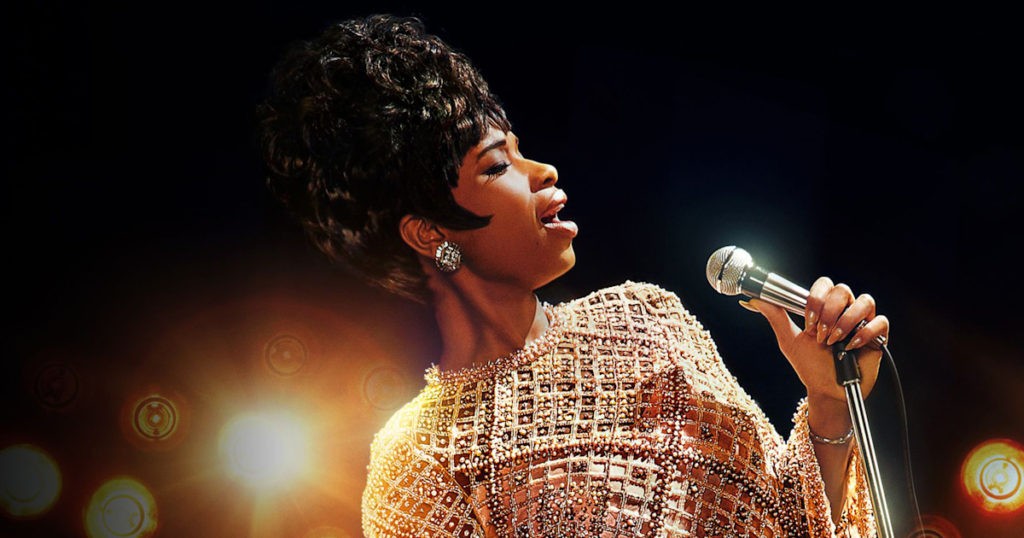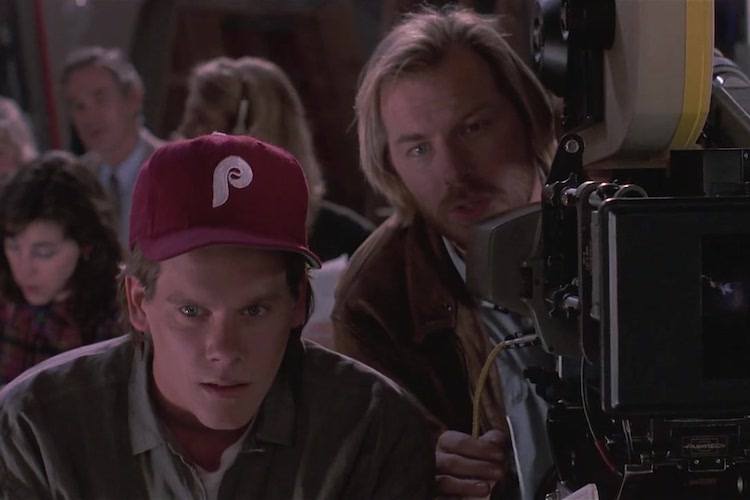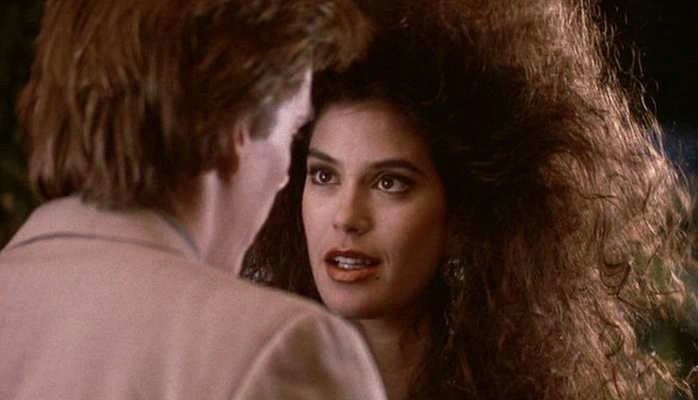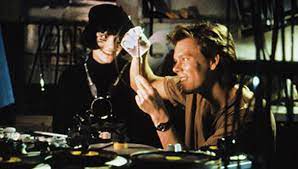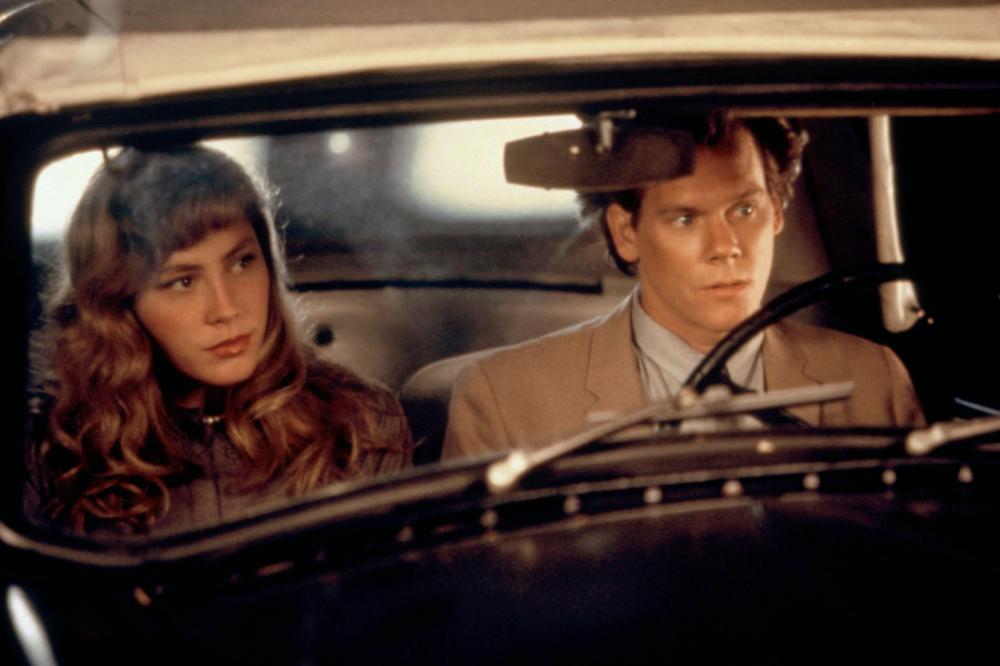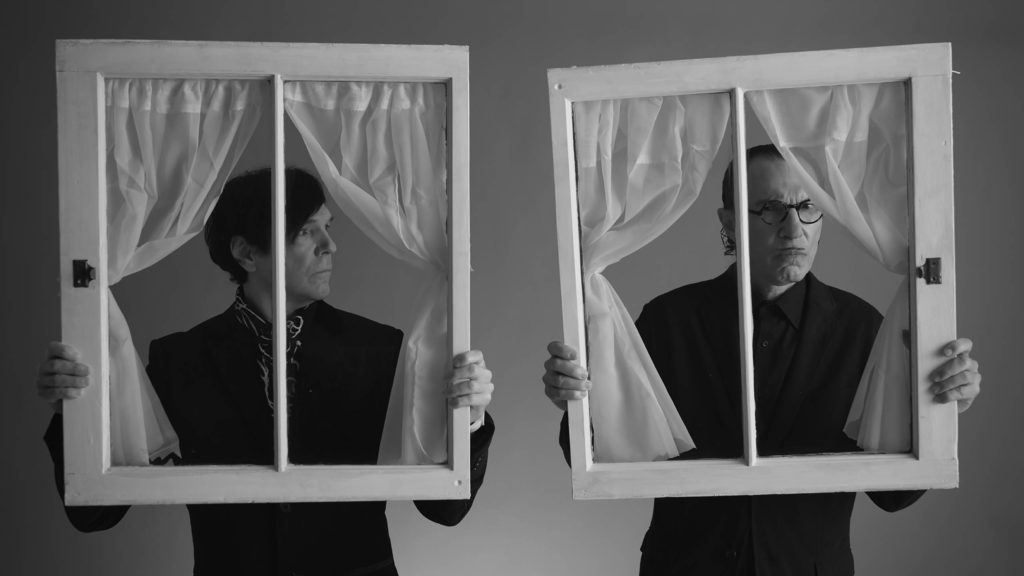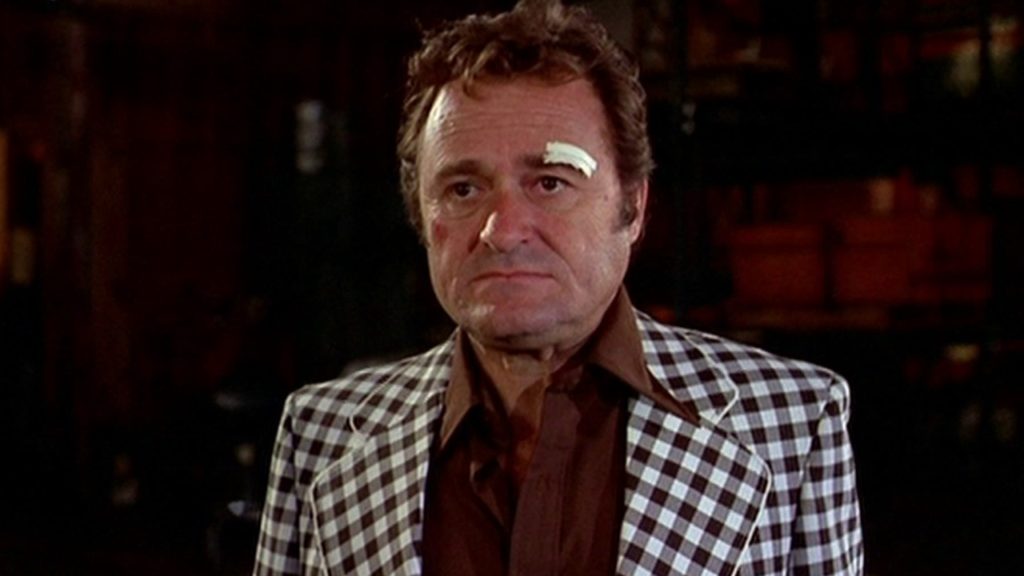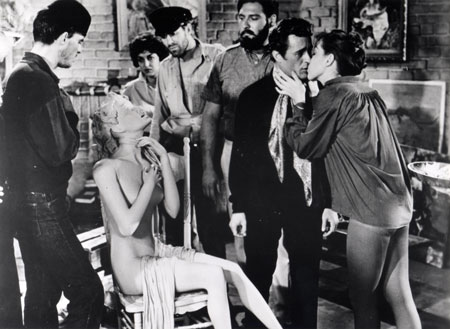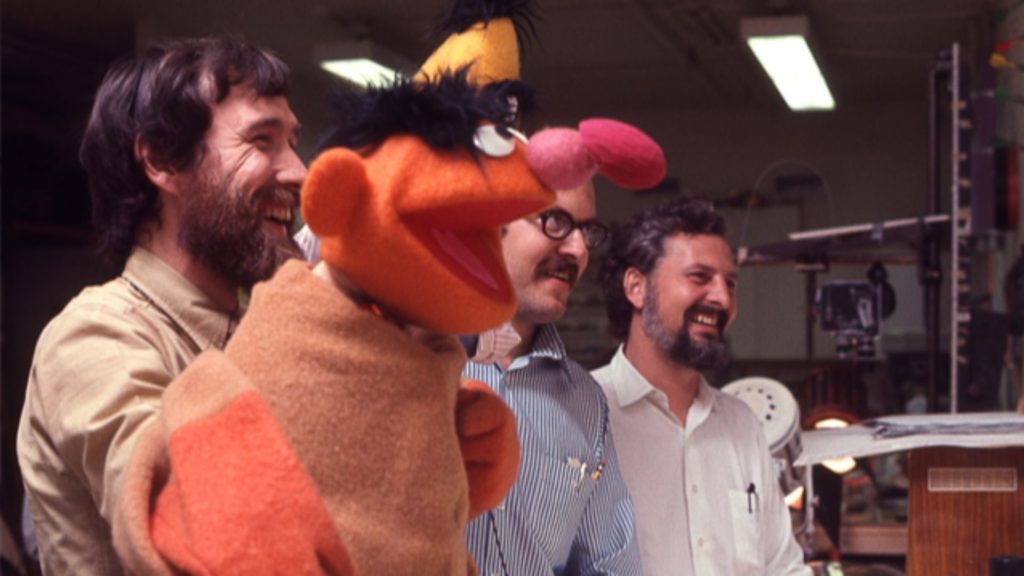
If you don’t know who Oscar Micheaux is, you should – so watch the documentary Oscar Micheaux: The Superhero of Black Filmmaking. As writer/director/producer, the African-American Michaeux created so-called “race films” – movies made for black audiences from a black perspective during the most shameful years of American racial segregation. Michaeux himself directed 42 feature films DURING Jim Crow.
There’s a lot in Oscar Micheaux: The Superhero of Black Filmmaking:
- Micheaux’s pivotal sojourn in a cabin in, of all places, the Dakotas.
- His very personal and hands-on distribution methods.
- His discovery of Paul Robeson’s on-screen charisma, a full eight years before Robeson’s first Hollywood film (The Emperor Jones).
- Micheaux’s comfort in portraying that most incendiary topic – interracial relationships.
- How he slyly bent rules to avoid censorship.
I have seen some Oscar Micheaux films, and their stories, freed of the White Hollywood lens, are eyeopening. They allowed black audiences to see big screen characters that acted like real African-American – not the degrading stereotypes in Hollywood movies.
That being said, Michaeux did not make “Noble Negro” movies. His work is authentic, and criticized, for example, black preacher-hucksters who exploit religious devotion in the African-American community for their own venal and carnal appetites.
Oscar Micheaux: The Superhero of Black Filmmaking features a solid panel of expert talking heads to explain Micheaux’s place in cinema and in African-American history. The most compelling are screenwriter Kevin Wilmott and University of Chicago cinema professor/TCM host Jaqueline Stewart.
Animation is used sparingly and effectively, including one inspired segment to Gil Scott-Heron’s The Revolution Will Not Be Televised.
I watched Oscar Micheaux: The Superhero of Black Filmmaking on Turner Classic Movies, and it is streaming on HBO Max.

